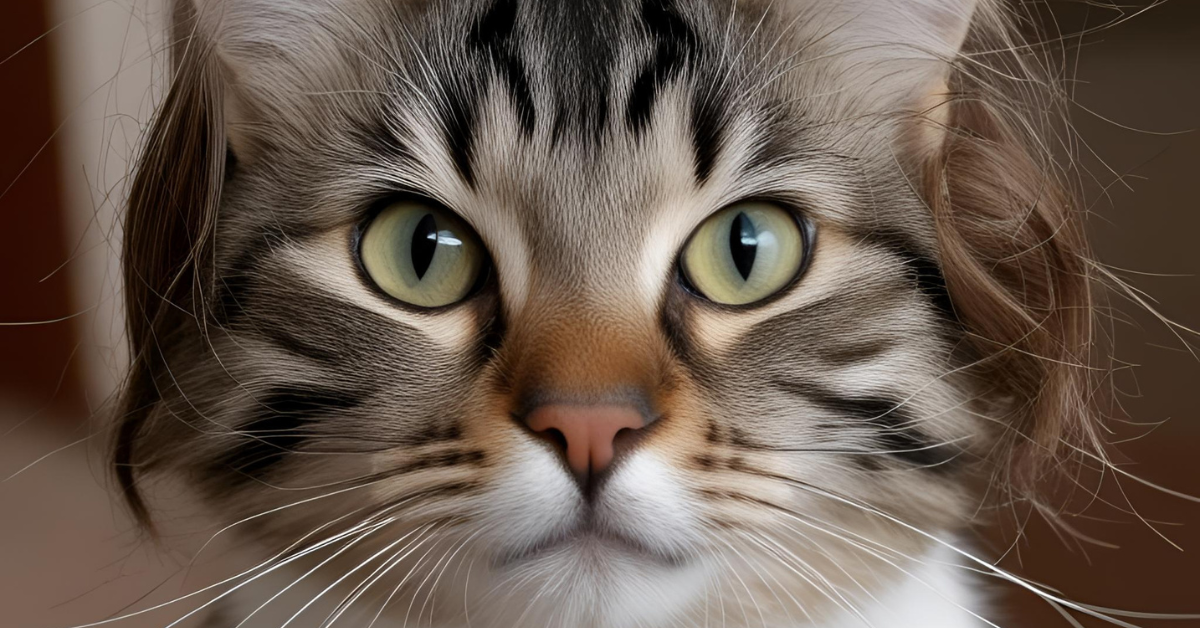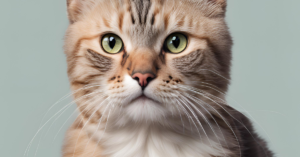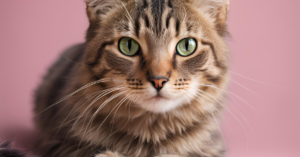Cat hair loss, also known as alopecia, is a common concern among pet owners. If you’ve noticed your feline friend developing bald patches or thinning fur, you’re probably wondering what’s causing it and how you can help. Hair loss in cats can stem from a variety of factors, from medical conditions to behavioral issues. Let’s take a deep dive into why your cat might be losing hair and what treatments are available.
Common Causes of Hair Loss in Cats
- Overgrooming Due to Itchiness (Pruritus) Cats are naturally clean animals and spend a good portion of their day grooming. However, when grooming becomes excessive, it can lead to hair loss. Overgrooming is often triggered by pruritus, or itchiness, which can have multiple underlying causes:
- Flea Allergy Dermatitis: Even a single flea bite can cause an intense allergic reaction in some cats, leading to severe itching and hair loss.
- Mites: Parasitic infestations, like those caused by ear mites or mange, can irritate your cat’s skin and lead to excessive scratching and grooming.
- Food Allergies: Some cats develop allergic reactions to certain ingredients in their food, which can result in itchy skin and hair loss.
- Skin Infections and Parasites Fungal infections like ringworm or bacterial skin infections can also cause hair loss. Fleas, ticks, and mites feed on your cat’s skin, leading to irritation, rashes, and eventual hair thinning.
- Poor Diet A lack of essential vitamins and minerals in your cat’s diet can affect the health of their coat. Nutrient deficiencies often result in dry, brittle hair that sheds easily. Ensuring your cat gets a well-balanced, nutrient-rich diet can promote healthy hair growth.
- Stress and Anxiety (Psychogenic Alopecia) Cats can respond to stress through displacement grooming — a behavior where they groom excessively to self-soothe. Over time, this can lead to bald patches, particularly on the inner forelimbs, abdomen, groin, tail, and lower back.
- Hormonal Imbalances and Metabolic Conditions Conditions like hypothyroidism, where the thyroid gland produces insufficient hormones, can slow hair growth and lead to hair loss. Other metabolic issues, like Cushing’s disease or hyperthyroidism, can also contribute to alopecia.
When to See a Vet
If your cat is losing hair, it’s essential to consult your veterinarian for a thorough examination. A vet visit may include:
- Blood tests to check for hormonal imbalances
- Thyroid function tests
- Urinalysis to identify metabolic issues
- Skin scrapings to check for mites or fungal infections
In many cases, hair loss results from a combination of medical and behavioral factors, so ruling out medical causes is the first step toward effective treatment.
Treatment Options
- Addressing Allergies: If allergies are the root cause, your vet may recommend dietary changes, flea control measures, or antihistamines to manage symptoms.
- Parasite Treatment: Medications like topical flea preventatives or oral treatments can help eliminate fleas, mites, and ticks.
- Improving Diet: A balanced diet rich in essential fatty acids, vitamins, and minerals can enhance coat health and promote hair regrowth.
- Stress Reduction: Creating a calm, stable environment and using calming aids or behavior modification techniques can help manage stress-induced overgrooming.
- Medications for Hormonal Imbalances: Conditions like hypothyroidism often require lifelong medication to balance hormone levels and improve coat health.
Final Thoughts
While some types of hair loss in cats are harmless, new or worsening bald patches warrant a veterinary visit. With the right diagnosis and treatment, most cats can recover their lush, healthy coats and return to their happy, comfortable selves. Monitoring your cat’s behavior and physical health is key to catching potential issues early and ensuring they get the care they need.




